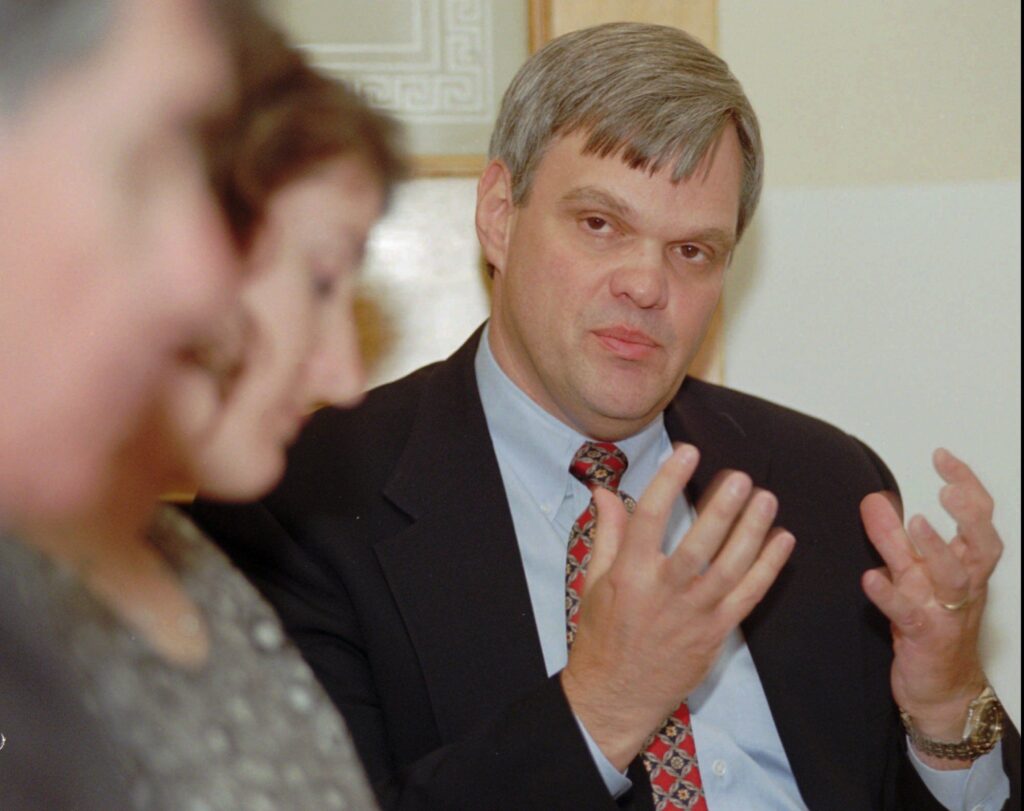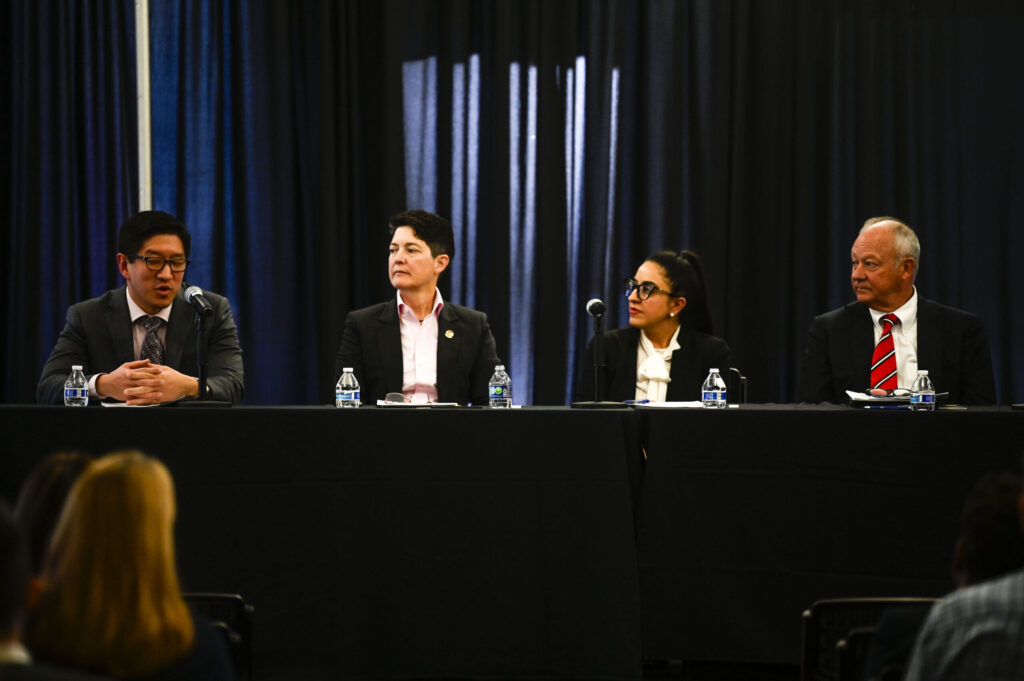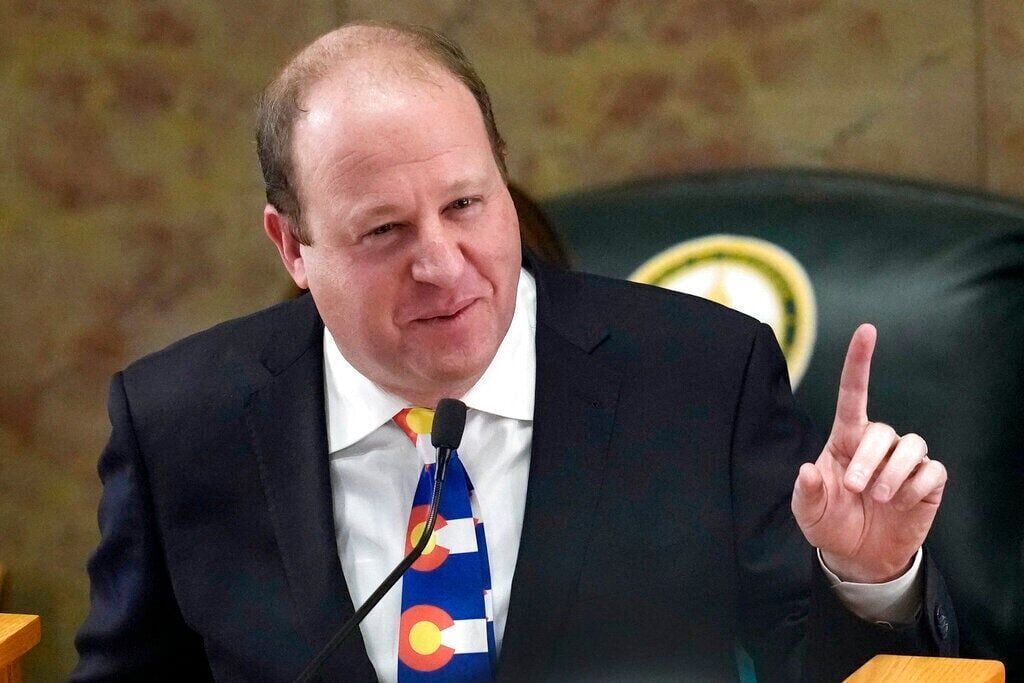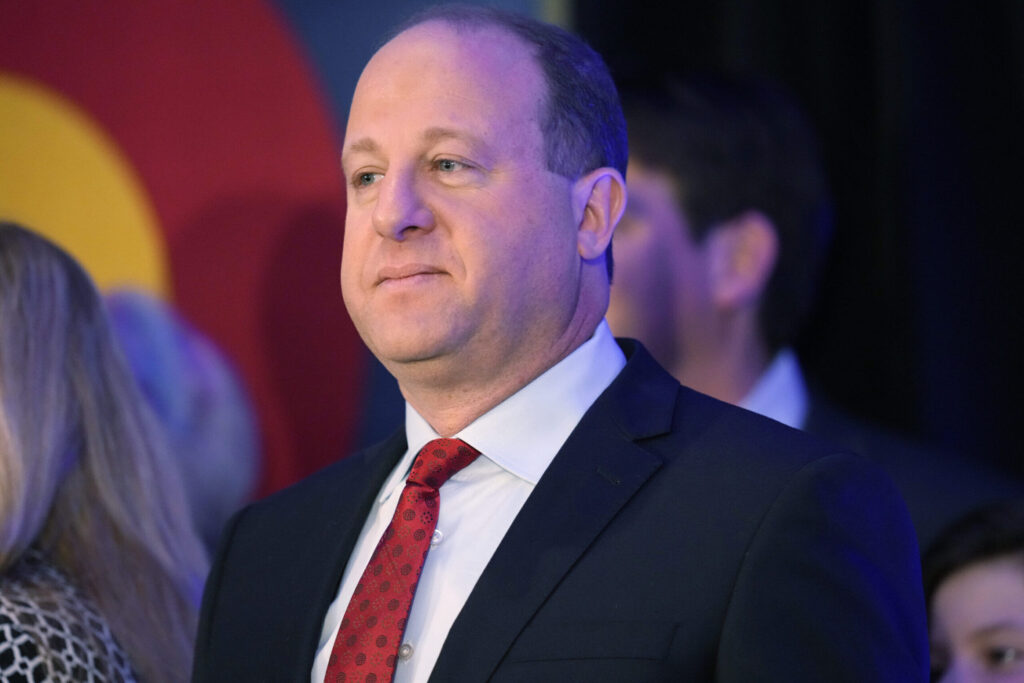? Arts & culture tax extension before metro voters
A 28-year-old sales tax that has helped Metro Denver arts and cultural groups and facilities survive economic downturns and thrive is before voters in seven metro area counties in the Nov. 8 general election.
Ballot Issue 4B seeks to extend the Scientific & Cultural Facilities District‘s 0.1 percent ( one cent on every $10) sales tax due to expire on June 30, 2018, to June 30, 2030. The amount of the sales tax would remain unchanged.
In 1988, Metro Denver voters approved the tax to help 171 cultural facilities throughout six metro-area counties: Adams, Arapahoe, Boulder, Denver, Douglas and Jefferson (Broomfield was added in 1998). In the late 1980s, government support had diminished and facilities were struggling.
According to the website of the Citizens for Arts to Zoo campaign committee supporting the renewal of the tax, the district now helps fund more than 300 small and large cultural facilities throughout the region. Attendance has climbed 95 percent since the district was formed, and citizens have access to twice the number of organizations.
The tax has helped the district generate $1.8 billion annually in economic activity and create 10,731 jobs, along with $520 million in tourism spending, according to the Colorado Business Committee for the Arts.
District funding provides educational experiences for 4 million school children (most attend free), allows organizations to offer free or reduced admission to twice as many visitors as those who paid in full and sponsors more than 100 free days at the region’s cultural attractions every year.
Voters have continued the district and its tax twice in its 28-year history. There is no organized opposition committee to Issue 4B this year.
Funding formula to change
If voters again renew the district tax, how funding is dispersed will change, after concerns from smaller organizations that they were not getting their fair share. As a result, the district board of directors agreed to increase funding to mid-sized and smaller organizations and decrease funding to the five largest regional organizations. However, the change was not as much as the smaller arts organizations originally sought.
Funding for organizations is grouped into three tiers according to operational costs, revenue, attendance and access. By statute, five Tier I organizations – Denver Art Museum, Denver Botanic Gardens, Denver Museum of Nature and Science, Denver Zoo and Denver Center for the Performing Arts – get more than 65 percent of the money collected by the tax.
Tier II institutions that bring in at least $1.5 million a year and meet certain thresholds for paid attendance – such as the Butterfly Pavilion, Children’s Museum, Colorado Chautauqua Association, Museum of Contemporary Art Denver, Wings over the Rockies Air and Space Museum, Colorado Railroad Historical Foundation and Colorado Symphony – get 21 percent.
Tier III organizations are smaller, benefit neighborhoods and “provide outlets for the most personal cultural interests,” according to district guidelines. These include the Bluff Lake Nature Center, Colorado Dragon Boat Festival, Cleo Parker Robinson Dance Studio, Curious Theatre, Black American West Museum and Heritage Center, Su Teatro Performing Arts Center, Parker Symphony Orchestra, Friends of Dinosaur Ridge and more. They will receive 13.5 percent.
The funding change created a $750,000 grant for established Tier III organizations. Funds for the grant came from the five Tier I institutions, who each contributed $150,000.
Mayors voice support
Issue 4B is supported by several area mayors, who gathered for a news conference in early October.
“We stand as ardent supporters because we know the (district) builds a culturally diverse region. It attracts jobs and businesses,” said Denver Mayor Michael Hancock in a news release. “But most importantly, it says more about who we are than just about anything else.”
“Art and culture is a great way to reflect the soul of a community. And Aurora is a proud partner in supporting art and culture for our citizens and all citizens,” said Aurora Mayor Steve Hogan in the release.
“I think of the popularity of the facilities in my community, like the Arvada Center, the Arvada Chorale or the Majestic View Nature Center. These are all important facilities that we have in our community that we would not have without this district,” said Arvada Mayor Marc Williams.
An official with the libertarian-leaning Independence Institute, which often opposes tax funding for such nonessential functions and services likes art and culture, could not be immediately reached for comment.











